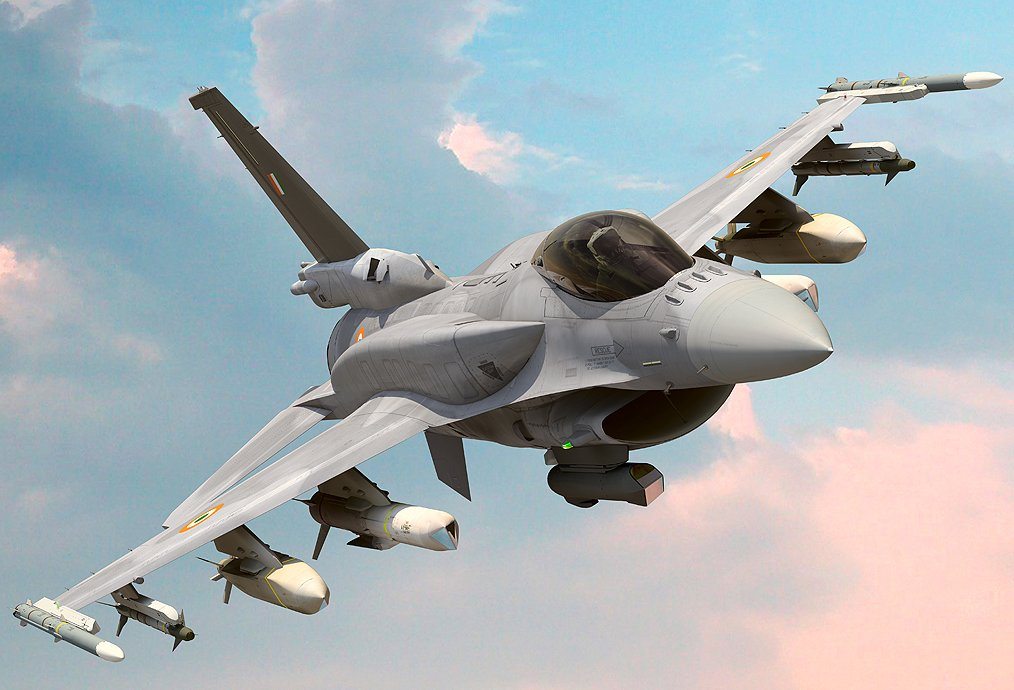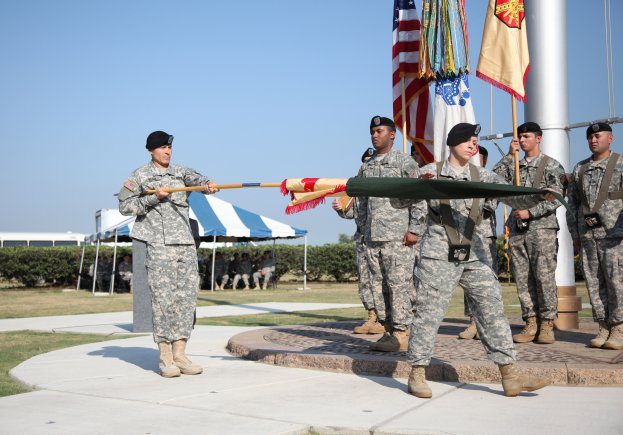India’s rejection of the F-16IN Super Viper and the F/A-18E/F Super Hornet in its hotly contested Medium Multirole Combat Aircraft (MMRCA) competition has disappointed many in the United States. Because there were great expectations that New Delhi would leverage this fly-off to cement its strategic partnership with Washington — particularly in the aftermath of the herculean American efforts to consummate the civilian nuclear cooperation agreement — India’s selection of two European platforms, the Eurofighter and the Rafale, as the finalists for the multirole component of its air force led many American observers to conclude that the country had settled for an airplane, not a relationship.
Many analysts have explained India’s decision as an expression of concern over America’s reliability as an arms supplier, or representing dissatisfaction with potential transfers of key technologies, or even an attempt to distance itself from the United States. In a new article in Force, Carnegie’s Ashley J. Tellis concludes that these explanations are incorrect, and describes how India’s “down-select” decision was made entirely on technical grounds. The two-step procurement procedure adopted by the Indian Ministry of Defense precluded political, strategic, or financial considerations from intervening in any way. Though this process might not serve India’s larger national security interests in an age of limited resources and numerous threats, India’s decision does not represent a strategic setback for U.S.-Indian defense cooperation over the long term.
[Download not found]










